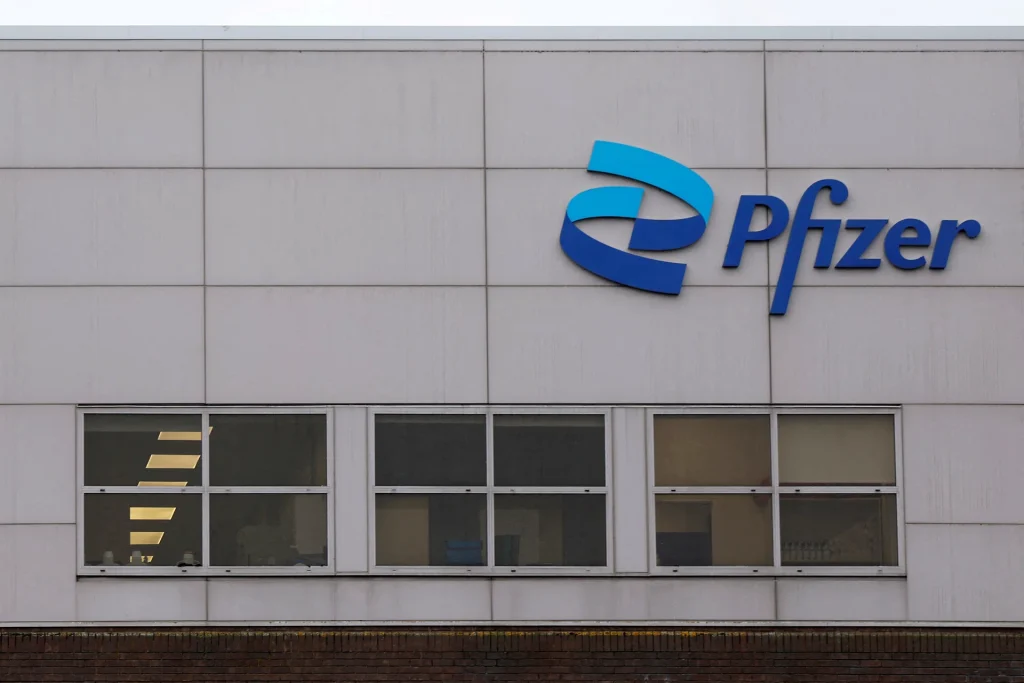FROM artificial intelligence to military defence, China has offered a few DeepSeek moments this year, showing that the country is more than just the world’s biggest factory, and that it also can compete with the United States on the technology front. Now biotech is having its own.
In late May, Pfizer agreed to pay a record US$1.25 billion upfront to license an experimental cancer drug from Shenyang-based 3SBio, as well as making a US$100 million equity investment in the Hong Kong-listed biotech company.
Two weeks later, Bristol-Myers Squibb said it would pay BioNTech US$1.5 billion guaranteed to license a similar cancer asset. It was a win for BioNTech, which bought Biotheus, the Chinese company that developed the drug, late last year for US$800 million.
Increasingly, big pharmaceutical companies are seeing Chinese biotech as the disruptors. These two deals will allow Pfizer and Bristol-Myers Squib to go after Merck & Co’s Keytruda, the world’s top-selling medicine.
3SBio’s drug works in the same way as a therapy from China’s Akeso, which outperformed Keytruda in one trial. US-based Summit Therapeutics licensed Akeso’s assets for US$500 million upfront in late 2022.
Excitement
These billion-dollar deals got bankers and investors excited. The Hang Seng Biotech Index is up about 60 per cent this year. By comparison, the S&P biotech index is down 6.5 per cent.
BT in your inbox

Start and end each day with the latest news stories and analyses delivered straight to your inbox.
There are good reasons to believe this rapid pace of dealmaking and enthusiasm for China biotech will last, with US President Donald Trump’s economic policies serving as a major catalyst.
Trump’s threats to slash US prescription drug costs by “59 per cent, PLUS”, as well as Medicaid and Medicare cuts in his big, beautiful tax and spending bill, will inevitably dent Big Pharma’s bottom line. To cut in-house R&D expenses, these multinationals might have to come to China, where early-stage human tests are much cheaper and easier to run, despite comparable safety protocols.
So far, the biotech industry is relatively insulated from Trump’s tariffs, providing a meaningful safe haven for global investors. Rare earths materials and Boeing plane deliveries might be used as negotiation tools, but Beijing is making an exception for public health. It continues to welcome American-made medical supplies, including Pfizer’s lung cancer drug Lorbrena and Merck’s Gardasil, a HPV vaccine that protects against cervical cancer. Being in Beijing’s good books allows Big Pharma to seal licensing deals with local partners.
In addition, global drug companies and venture capital funds might want to take equity stakes too, just like Pfizer did last month. With a dip in biotech funding, especially in China, startups are unable to advance drugs on their own, and therefore demand large upfront licensing payments. This gives Western companies leverage to negotiate good deals.
What is innovation without human talent? China’s “engineer dividend” is likely to pay off big time in the next few years, propelled by a hostile White House that vows to “aggressively revoke” visas of Chinese studying in “critical fields”.
Already, the number of Chinese students in the US has dropped 22 per cent from its pre-pandemic peak, with many pointing to anti-Asian sentiment during Covid as a major drawback. Going forward, more could be forgoing US university degrees and working for promising startups at home instead.
Between 2000 and 2020, the number of engineers in China ballooned from 5.2 million to 17.7 million, according to the State Council. The discipline and medicine are among the most popular fields for graduate studies.
Those under the age of 30 account for 44 per cent of the total engineering pool, versus 20 per cent in the US, according to data compiled by Kaiyuan Securities. As a result, compensation for researchers is only about one-eighth that in the US. In other words, Chinese engineers are young, cheap and abundant.
Tailwinds
So what we’ve got are a lot of tailwinds: A group of strategic buyers eager to cut expenses and outsource research, a relatively benign local authority, and competitive talents. China’s biotech industry is starting to dazzle. BLOOMBERG


